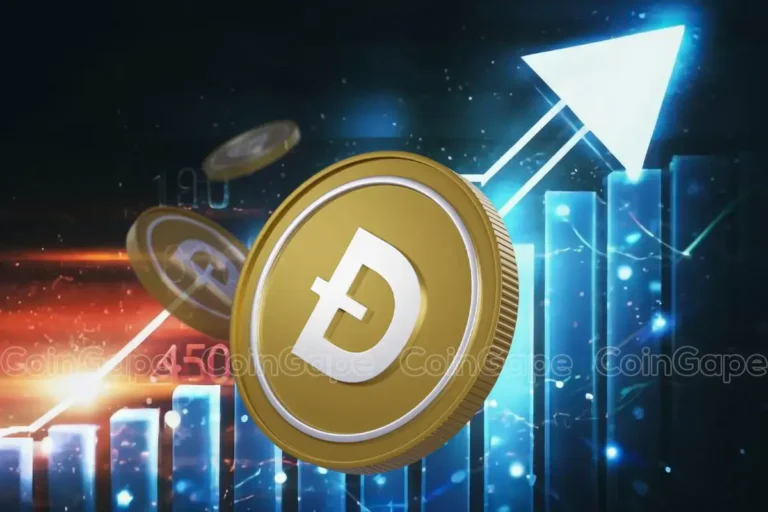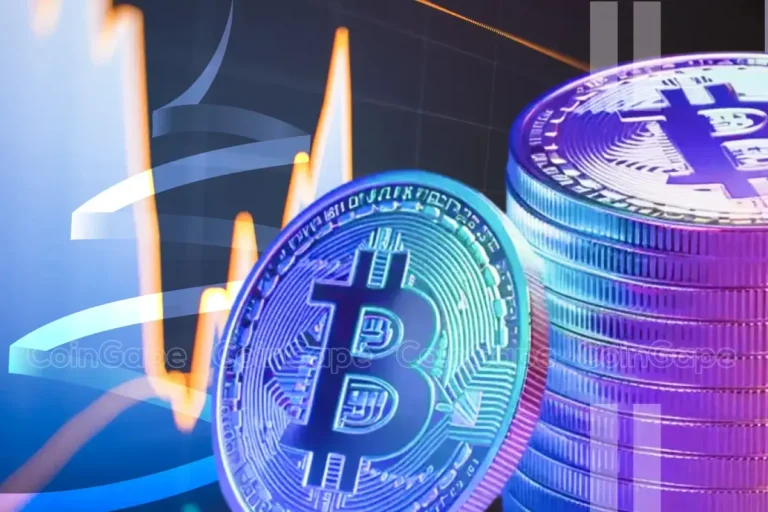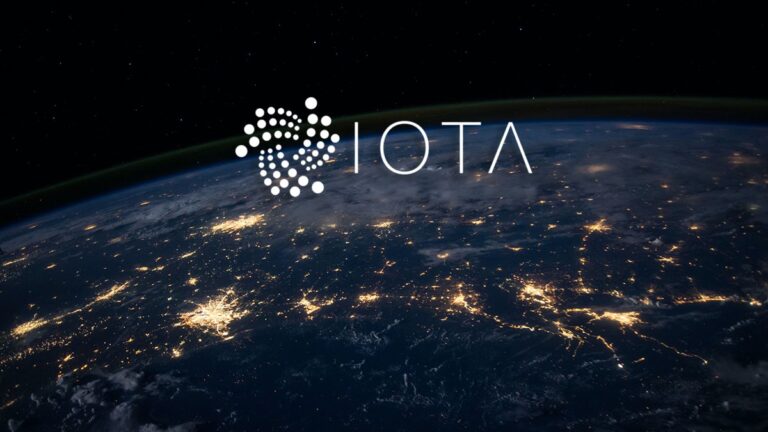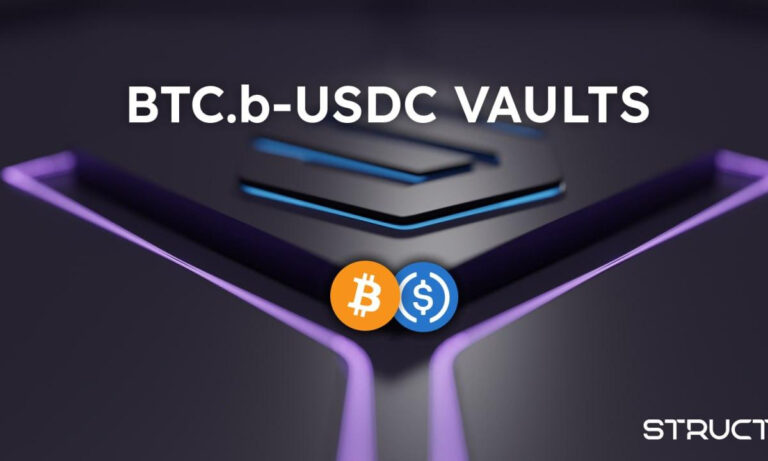XRP Community Debates Impact of AMM Integration on XRP’s Nature and Classification

- Ripple’s announcement of integrating an Automated Market Maker (AMM) into the XRP Ledger (XRPL) has sparked speculation and debate within the community.
- The discussion centers on the potential transformation of XRP, particularly regarding its classification and function as a digital asset.
Following Ripple’s announcement regarding the integration of an Automated Market Maker (AMM) into the XRP Ledger (XRPL), the XRP community has been engaged in spirited speculation and debate. The focal point of these discussions is the potential transformation of XRP and its classification and function as a digital asset in light of this significant update.
Ripple’s Chief Technology Officer, David Schwartz, had previously hailed this update as the most significant for XRPL, raising the expectations and curiosity of stakeholders. Furthermore, at the recent Swell conference, Ripple unveiled plans to integrate its rebranded Ripple Payments product with the XRPL’s native decentralized exchange (DEX), further adding fuel to the community’s discussions.
The community’s response to these developments has been a blend of excitement and perplexity. Digital Perspectives, a prominent community influencer with over 150,000 followers, voiced concerns about the potential consequences of this update. He questioned whether XRP might transform into a stablecoin to meet the Prudential Treatment requirements of the Bank of International Settlement (BIS) and how it would be classified, possibly as a Category 1b asset.
Panos Mekras, the co-founder of crypto-focused company Anodos, swiftly intervened to address the rumors and speculations circulating about XRP evolving into a stablecoin to fit into BIS’s Category 1b asset class with the introduction of AMM.
Mekras, who has previously engaged in debates with Digital Perspectives over misinformation, provided a detailed refutation of the idea that XRP could become a stablecoin. He emphasized that the fundamental nature of XRP as the native coin of the XRP Ledger, a decentralized digital asset freely traded, is unalterable. Technically, it is impossible for XRP to transform into a stablecoin, which fundamentally contradicts its inherent design.
AMM Dynamics and XRP’s Market Impact
Mekras went further to explain the dynamics of AMMs, highlighting their effectiveness in high-volatility environments. Such volatility benefits liquidity providers (LPs) by attracting more traders and increasing trading volume and fees. He pointed out that AMMs are designed to thrive in such market conditions.
He also noted that the implementation of AMM could potentially increase buying pressure on XRP. A significant portion of the token could be locked in the AMM, enhancing its liquidity and attracting more traders. This would make XRP more versatile and efficient for various use cases.
In his closing remarks, Mekras called for a more informed understanding within the community and urged a focus on the technical aspects of XRPL and AMM. He advised against following individuals who spread misinformation.
As of the time of writing, XRP found support at the 0.382 Fibonacci retracement level in the 1-day chart, trading at $0.6333.
















